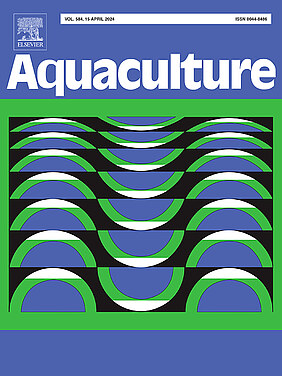Highlights
- Supplemental effects of protein hydrolysates were tested in diets for red seabream.
- Dietary krill and shrimp hydrolysates significantly enhanced fish growth performance.
- Administration of protein hydrolysates significantly improved fish innate immunity.
- Disease resistance of red seabream was significantly increased by krill hydrolysate.
Abstract
This study was conducted to investigate the effects of dietary supplementation of protein hydrolysates on growth, feed utilization, innate immune response, digestibility and disease resistance of juvenile red seabream. A basal fish meal based diet was used as a control and three other diets were prepared by partial replacement of fish meal with krill hydrolysate concentrate, shrimp hydrolysate powder or tilapia hydrolysate powder (designated as Con, KH, SH and TH, respectively). Triplicate groups of fish (29.0 ± 0.1 g) were fed one of the diets to apparent satiation twice a day for 12 weeks. Growth performance and feed utilization were significantly higher in fish fed the KH and SH diets. Diets with the tested hydrolysates showed significantly higher digestibility of dietary protein compared to the Con diet. Antiprotease and superoxide dismutase activities were significantly increased in fish fed the KH diet compared to those of fish fed the Con diet. Total immunoglobulin level was significantly elevated in fish fed diets containing the hydrolysates. Dietary inclusion of KH and TH significantly increased disease resistance of fish against Edwardsiella tarda. The results indicate that supplementation of the tested protein hydrolysates at approximately 5%, replacing fish meal by 10%, can improve the growth performance, feed utilization, digestibility of dietary protein, innate immunity and disease resistance of juvenile red seabream.

